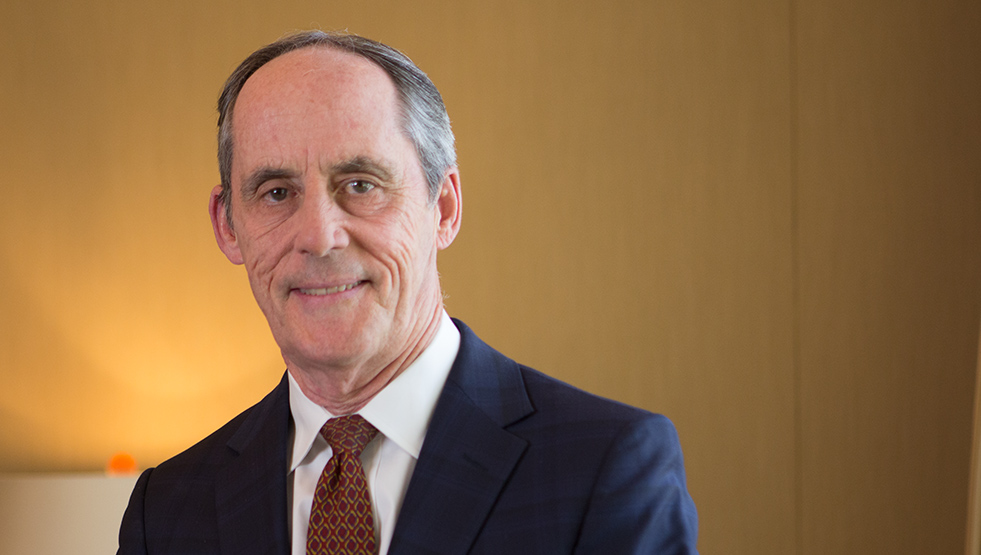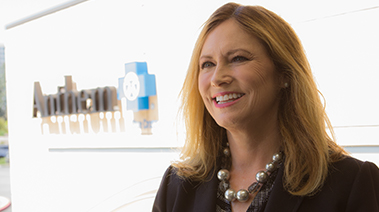
Better Together: Innovative Partnership Helps Solve Industry Challenge
For more than two decades, Cedars-Sinai Health System in Los Angeles and Anthem have shared a history of innovative and collaborative efforts. Cedars-Sinai partners with Anthem, first, in its role as a major healthcare provider for a large and diverse southern California patient population, and second, as an employer and Anthem Commercial customer, with Anthem's California plan affiliate providing health coverage for 27,000 hospital employees and their families.
"Anthem leads in innovation here in California and Cedars-Sinai is also known for innovation when it comes to medical care and its delivery," says Cedars-Sinai Health System President and CEO Thomas M. Priselac. "So we have shared values with Anthem with regard to their role in the healthcare system."
Last year, when Cedars-Sinai noticed that an increasing number of its own employees were seeking care in its Emergency Department (ED) for conditions that could best be treated in a primary care or walk-in setting, they turned to their Anthem team for help. Together, Cedars-Sinai and Anthem worked to identify the causes of the ED visit increase and gain insights that could help them to continue to meet the needs of their own employees while addressing what has become an industry-wide problem—how ERs are utilized by patients when there are better and more cost-efficient alternatives.
To find what was driving their employees to the ED, the hospital formed a multi-disciplinary committee to review their own data, as well as data provided by Anthem, which allowed the team to analyze usage trends at a much deeper level than they could on their own, including tracking time of day and reason for the visits. The committee discovered that a significant amount of the increased ED use was from overnight hospital employees who finished work at 7 a.m. and went to the ED because the Cedars-Sinai outpatient urgent care center didn't open until 12 p.m. Additionally, based on usage trends, the committee hypothesized that employees were not aware of all available options they could pursue prior to going to the ED for treatment.
The team decided to take several actions. First, they established an employee walk-in clinic to serve employees coming off shift between 7 a.m. and 9 a.m. Second, they developed an education campaign to help employees understand other available care options and when and how to best use them. Also, Cedars-Sinai decided to offer Anthem's LiveHealth Online telehealth service, to employees at no-cost. Within a few months, claims for ED visits among Cedars-Sinai employees fell by more than 30 percent.
 Laura Clapper, MD, Anthem Medical Director
for Provider Enablement, worked with the
project team at Cedars-Sinai. "One of the
things that's really special about working in
collaboration is that we could do much more
together as partners than we could if either
one of us worked on it separately," she says.
Laura Clapper, MD, Anthem Medical Director
for Provider Enablement, worked with the
project team at Cedars-Sinai. "One of the
things that's really special about working in
collaboration is that we could do much more
together as partners than we could if either
one of us worked on it separately," she says.
Thomas believes, "A program like the (Cedar-Sinai) Emergency Department project can certainly be applied to other hospital settings and has the potential to be applied to other business settings as well. To succeed, those of us on the provider side as well as our colleagues on the health plan side and our friends at Anthem all have to play a key role. Collaboration is essential more than ever."

